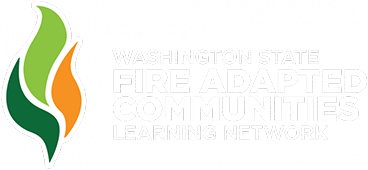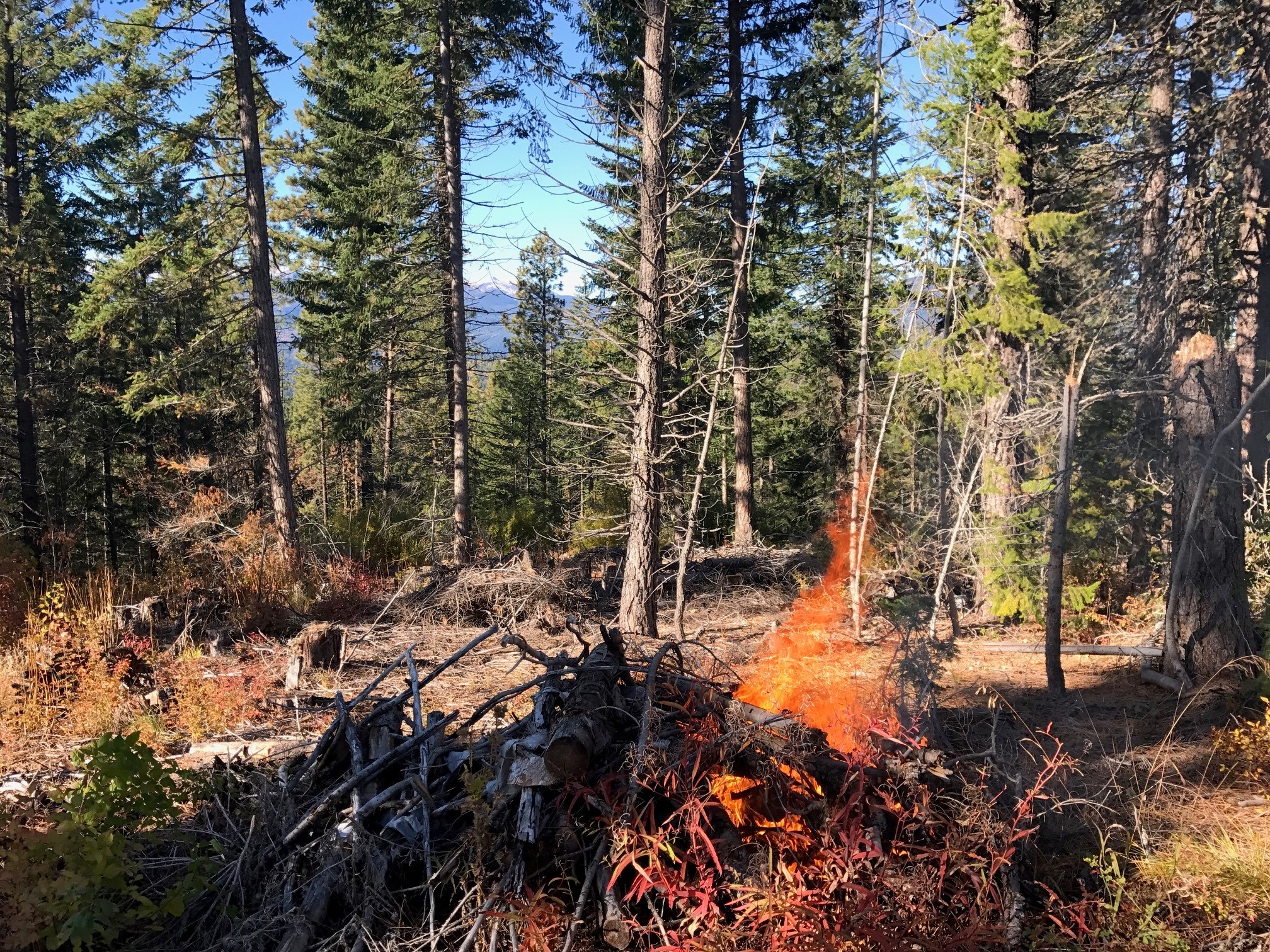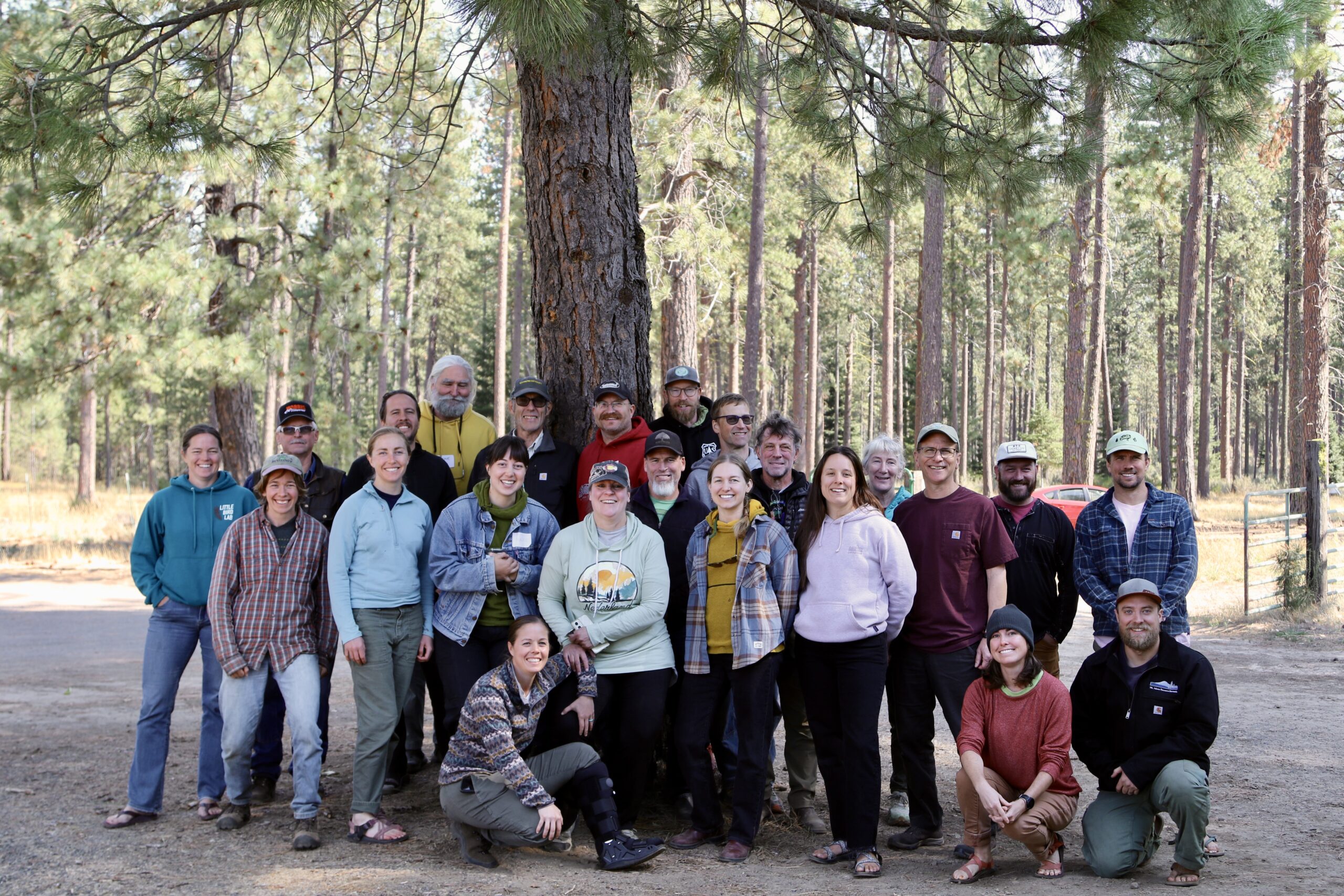Our cultural and ecological history in Washington pre-1800 is immersed in fire; however, in the relative absence of fire from our landscapes and communities over the last 125 years, we are suffering from practical fire amnesia. With the increasing occurrence of wildfire that can’t be put out, so are the impacts on community values increasing. While Washington agencies and communities are engaging numerous antidotes to implement (see Washington Wildland Fire Protection Strategic Plan), one key strategy is reengaging community members on the appropriate and safe use of fire as a tool to protect community values.
However, at the same time, Washington residential outdoor burning is a leading cause of human-ignited wildfires, much to the concern of wildfire response entities such as local fire districts and the Department of Natural Resources.
To address these ideas and concerns, members of the Cascadia Prescribed Burn Association (PBA), Washington Resource Conservation and Development Council (WRCD), and WAFAC met in Leavenworth to initiate development of a user-friendly, safety-oriented Standard Operating Procedure (SOP) for landowner/residential pile and biochar burning. The SOP aims to support education, reduce risk of escaped fires, and align with Washington’s diverse and complex regulatory framework.
Prescribed Burn Associations, or PBAs, are community-based groups of landowners and other interested individuals who collaborate to conduct prescribed burns on private lands. First started in the 1990s in the mid-west, PBAs grew in the Southeast, reached California in 2017, and are still relatively new in Washington. In 2023, a cadre of Washington community members attended a PBA Learning Exchange in northern California. Subsequently, multiple prescribed burn associations have been established in Washington. You can visit wapba.org to learn more.
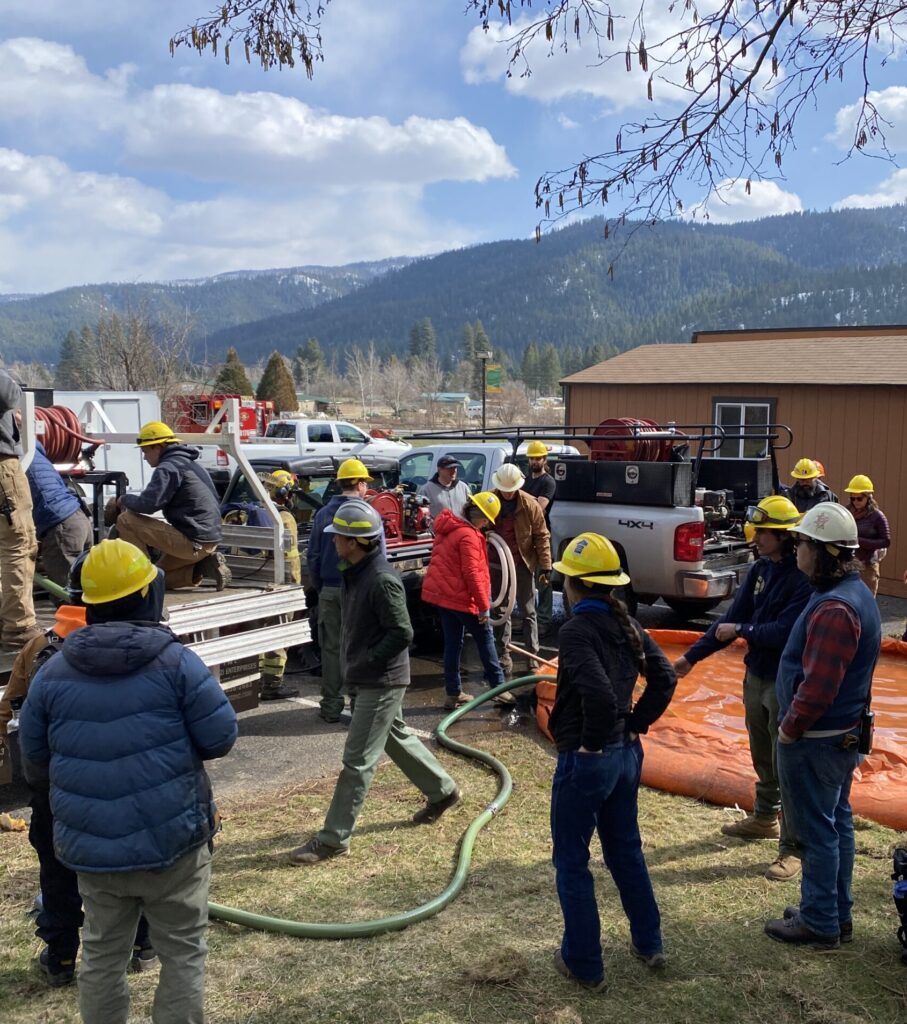
Why an SOP Is Needed
Outdoor debris burning or pile burning, while a valuable tool for fuels reduction and land stewardship, accounts for just over one quarter of human caused wildfires in the state, and half of the total area burned by all human caused wildfires from 2022-2024. In contrast, well-planned and supervised broadcast burns rarely escape. The challenge lies in the variability of landowner knowledge, equipment, and site conditions.
This isn’t just a wildfire management issue; it’s a public trust issue. We must find a balance between empowering landowners to reduce fire risk through active fuel mitigation and assuring that one person’s good intentions don’t become a neighbor’s worst day.
Developing an SOP presents the opportunity to create a shared knowledge base and set of practices to ensure landowners can continue to safely and effectively reduce fuel on their properties.
Audience
We know our audiences are diverse – from individual resident landowners and Homeowners Associations to large landowners – and live in extremely varied geography and fire environments. Further, each resident and community has equally diverse knowledge and experience with fire.
Many community members don’t know where to begin: What makes a burn safe? What weather thresholds matter? What permits are needed? Others may be seasoned fire stewards, but lack up-to-date information or clarity on regional requirements.
That’s why the SOP must serve multiple user types and function as:
- A quick-reference guide for new burners
- A detailed checklist for burn practitioners
- A template for fire districts and PBAs to integrate into training and outreach
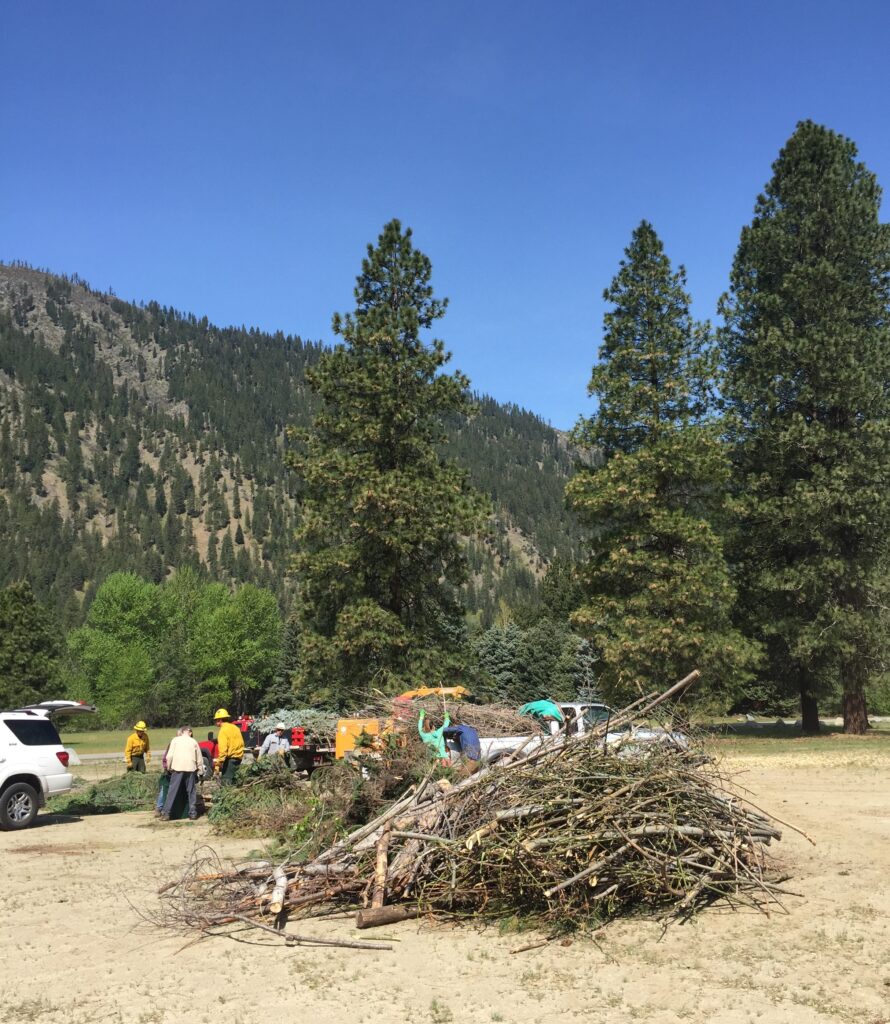
Content and Format: Keeping it Local, Clear, and Practical
At the meeting, multiple avenues were explored, including leveraging existing tools like the Idaho Prescribed Fire Council’s “Before You Burn” flyer as a starting point as well as tailoring content for Central and Eastern Washington.
The goal is clarity, not complexity. Materials may include printed mailers, fire station posters, and even fridge magnets.
Key SOP components could include:
- Links to local regulations and burn bans
- Weather assessments: RH, temperature, and wind considerations
- Pile construction and spacing: how to safely build and manage piles
- Extinguishment: the proven “drown, stir, feel” method
- Responsibility: knowing who’s in charge and who to notify
Pile vs. Kiln: One Size Does Not Fit All
While kilns offer a more controlled burn option and produce biochar, they are not risk-free. Users can misunderstand how to safely operate the kiln and dispose of residual embers.
The SOP will include separate guidance for kiln-based burning, including:
- Appropriate training requirements
- Clear operation and extinguishment procedures
- Recommendations for supervision and site monitoring
We cannot afford to treat kilns as foolproof—fire is fire, regardless of the container.
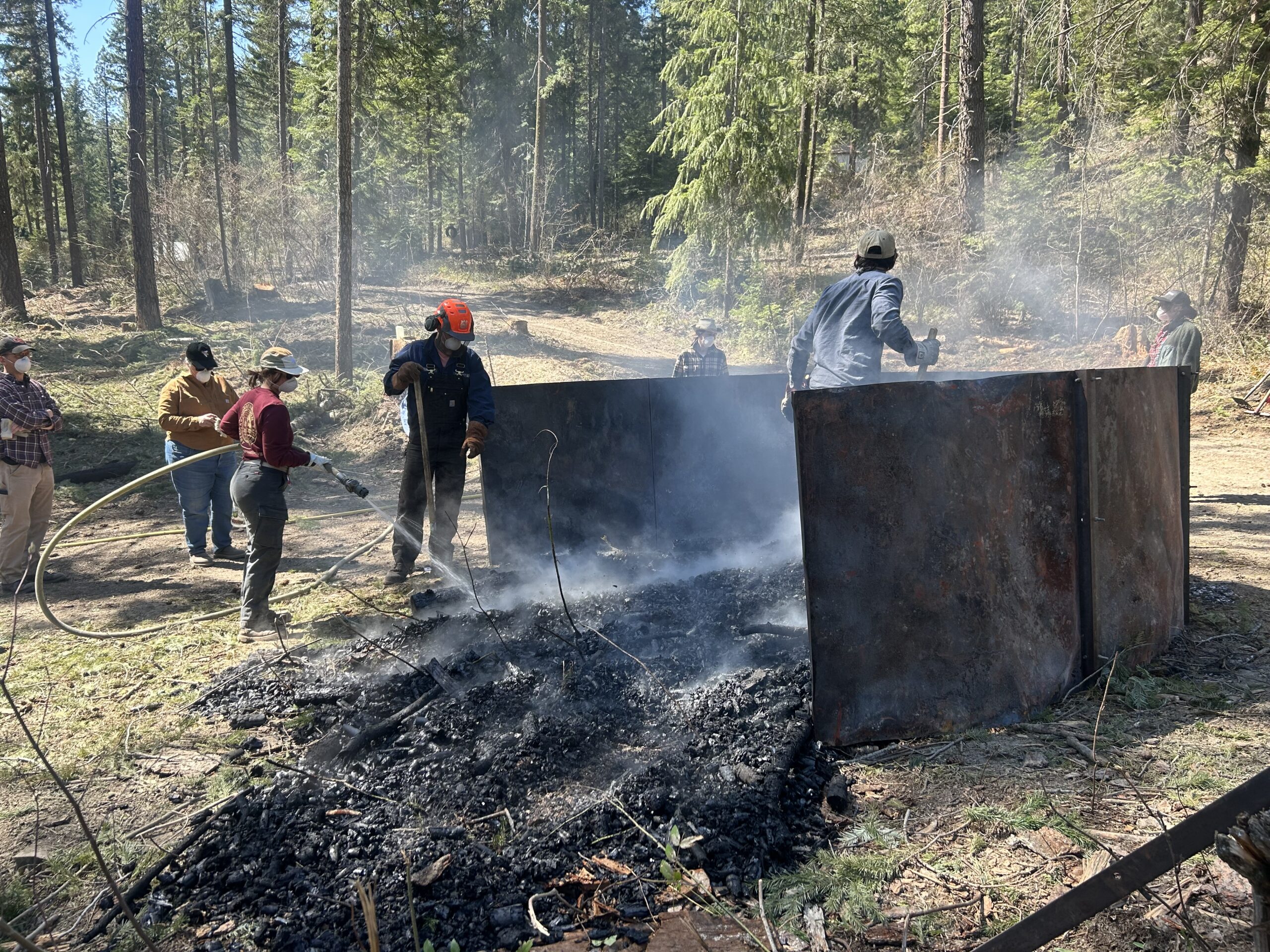
Join Us in This Work
The movement to bring fire back to the landscape safely begins at the local level—with neighbors talking to neighbors, landowners learning from fire professionals, and communities building trust around risk reduction.
If you have stories, feedback, or examples of what works (and what doesn’t) in your area, we want to hear from you. Help us shape a smarter, safer fire future for Washington.
Contact: Kara Karbowski, WRCD Community Prescribed Fire Program Manager or Reese Lolley, WRCD Strategy and Partnerships Director
Resources
- Idaho Prescribed Fire Council: Before You Burn
- WAFAC Blog: Community-Led Burning: Building a Grassroots Culture of Prescribed Fire
- Washington Prescribed Burn Associations Website: wapba.org
- WAFAC: Biomass Utilization Toolkit
- WAFAC: Building Capacity for Wildfire Mitigation Toolkit
